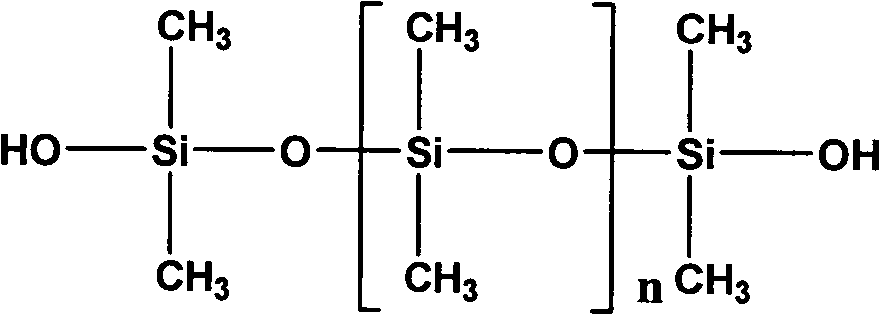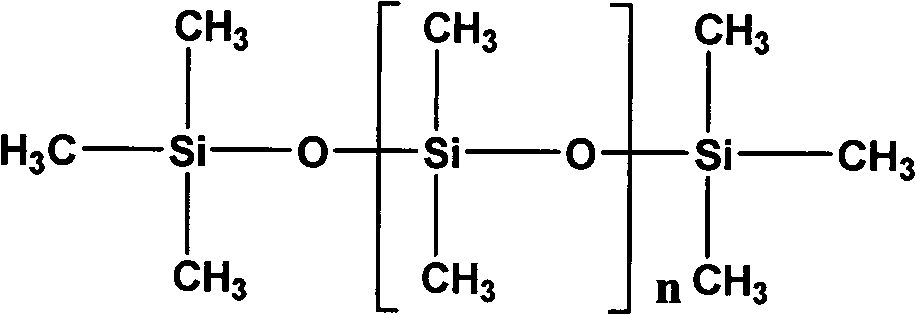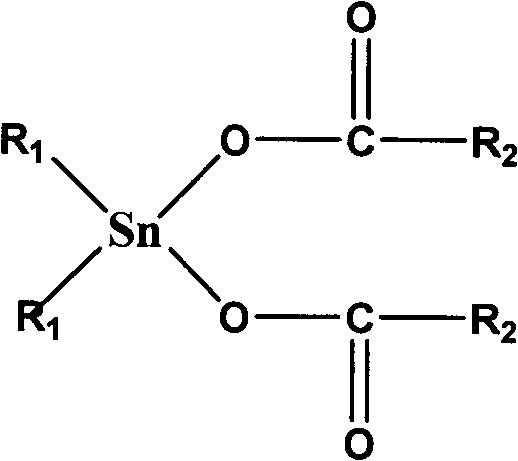Method for plasticizing biological specimen
A biological specimen, biological technology, applied in the fields of botany equipment and methods, preservation of plants, preservation of human or animal bodies, etc. Production time, strong sense of realism, simple operation effect
- Summary
- Abstract
- Description
- Claims
- Application Information
AI Technical Summary
Problems solved by technology
Method used
Image
Examples
Embodiment 1
[0045] Embodiment 1: a kind of plasticizing method of biological specimen, it comprises the steps:
[0046] a. Biological specimen fixation: Firstly, perfuse the biological specimen with formalin with a volume concentration of 5%. After 10 days, the formalin penetrates into various parts of the biological specimen, and then completely immerse the entire biological specimen in the formalin solution , after 6 months, it is completely fixed, and the specimen can be anatomically manipulated;
[0047]b. Dehydration and degreasing: After the fixed biological specimens have been prepared, they are washed under running water for 48 hours and then quickly placed in an acetone solution with a volume concentration of 50% and a temperature of 18-25 degrees Celsius. The acetone is replaced, and the acetone is replaced until the water content of the specimen is less than 1%. The process of acetone replacement is carried out step by step, specifically: the volume ratio of the acetone soluti...
Embodiment 2
[0054] Embodiment 2: a kind of plasticizing method of biological specimen, it comprises the steps:
[0055] a. Biological specimen fixation: Firstly, perfuse the biological specimen with formalin with a volume concentration of 15%. After 7 days, the formalin penetrates into various parts of the biological specimen, and then completely immerse the entire biological specimen in the formalin solution , after 4 months, it is completely fixed, and the specimen can be anatomically manipulated;
[0056] b. Dehydration and degreasing: After the fixed biological specimens are prepared, they are washed under running water for 24 hours and then quickly placed in an acetone solution with a volume concentration of 50% and a temperature of 18-25 degrees Celsius, so that the water and fat in the tissue are separated from the tissue. The acetone is replaced, and the acetone is replaced until the water content of the specimen is less than 1%. The process of acetone replacement is carried out ...
Embodiment 3
[0063] Embodiment 3: a kind of plasticizing method of biological specimen, it comprises the steps:
[0064] a. Biological specimen fixation: Firstly, perfuse the biological specimen with formalin with a volume concentration of 10%. After 8 days, the formalin penetrates into various parts of the biological specimen, and then completely immerse the entire biological specimen in the formalin solution , after 5 months, it is completely fixed, and the specimen can be anatomically manipulated;
[0065] b. Dehydration and degreasing: After the fixed biological specimens have been prepared, they are rinsed under running water for 36 hours and then quickly placed in an acetone solution with a volume concentration of 50% and a temperature of 18-25 degrees Celsius, so that the water and fat in the tissue and The acetone is replaced, and the acetone is replaced until the water content of the specimen is less than 1%. The process of acetone replacement is carried out step by step, specifi...
PUM
 Login to View More
Login to View More Abstract
Description
Claims
Application Information
 Login to View More
Login to View More - R&D
- Intellectual Property
- Life Sciences
- Materials
- Tech Scout
- Unparalleled Data Quality
- Higher Quality Content
- 60% Fewer Hallucinations
Browse by: Latest US Patents, China's latest patents, Technical Efficacy Thesaurus, Application Domain, Technology Topic, Popular Technical Reports.
© 2025 PatSnap. All rights reserved.Legal|Privacy policy|Modern Slavery Act Transparency Statement|Sitemap|About US| Contact US: help@patsnap.com



